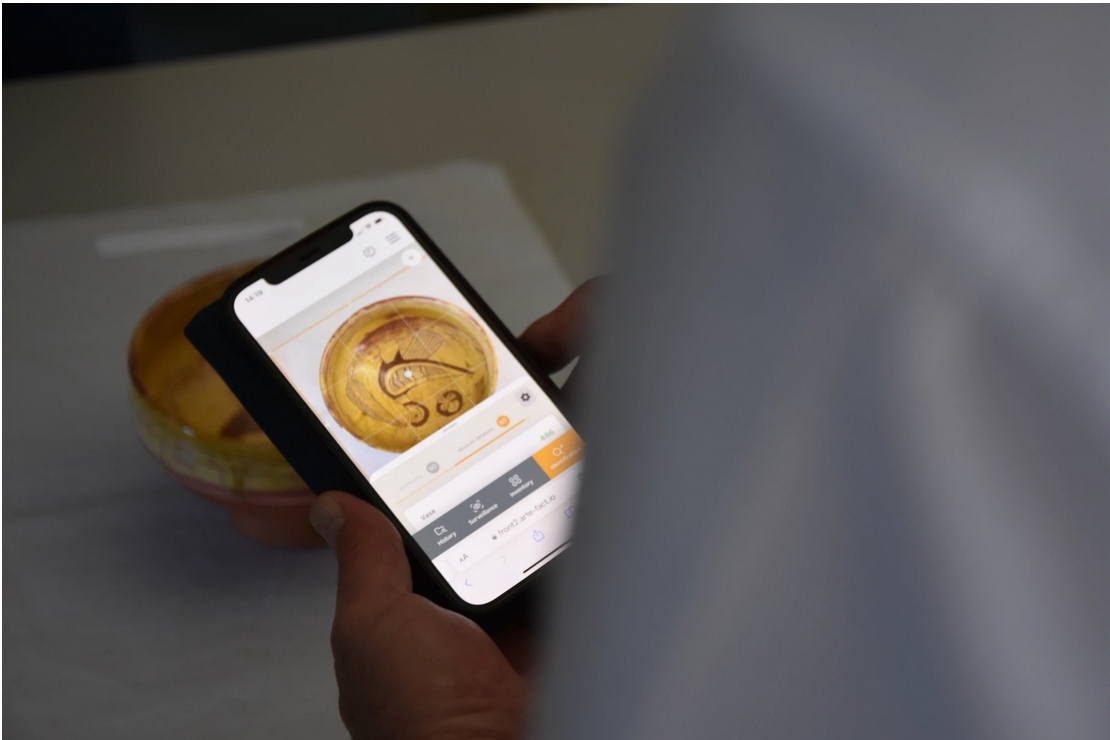ICOM, the International Council of Museums, is building cross-sectoral partnerships to guide museums into a future where technology will play an increasingly key role. At its upcoming General Conference in Dubai, ICOM will highlight how museums can lead the way in innovation, using technology to transform cultural preservation and strengthen community engagement in a rapidly evolving digital landscape.
As both an organisation and a network of museum professionals, ICOM is also actively involved in ANCHISE - Applying New Solutions for Cultural Heritage Protection by Innovative, Scientific, Social and Economic Engagement - with 14 partner organisations, including universities, research centres, high-tech companies and law enforcement agencies, coordinated by the Ecole française d'Athènes (EFA).
ANCHISE aims to create practical tools that will strengthen efforts to combat illicit trafficking of cultural heritage. Specifically, ANCHISE seeks to develop replicable methodologies and tools that connect heritage professionals with cutting-edge technology. To date, the project has developed six digital tools that benefit directly from the insights of the professional communities that will use them: archaeologists, law enforcement and museum professionals.
This process allows for continuous refinement, ensuring that the tools meet the practical needs of professionals involved in the fight against illicit trafficking of cultural heritage. Almost all of the tools designed for archaeologists could be useful for museum professionals and will therefore be tested in organised demonstration phases with the participation of museum professionals from different horizons.
As part of the project, ICOM has been appointed to coordinate the testing of the digital tools in museums, working closely with relevant ICOM National Committees such as those in Greece, Sweden, Bosnia and Herzegovina.
A first demonstration phase of the tools has already been successfully carried out in Greece in close collaboration with ICOM Greece and the Museum of Byzantine Culture of Thessaloniki (MBC). Museum staff were actively involved in the demonstration of the Arte-fact and Kiku-Mon tools, both of which are based on image recognition. For example, for the demonstration of the Arte-fact tool, five objects from the Museum of Byzantine Culture were displayed in the workshop room under the supervision of museum curators, allowing participants to take pictures of them and test the image recognition and other features of the Arte-fact tool.
The demonstration allowed museum professionals from Greece and other countries such as Sweden, France and Bosnia-Herzegovina to test the tools in realistic situations and, most importantly, to give their feedback in order to adapt the tools to their needs during the project and in future demonstration phases.
The next phases of ANCHISE will include further testing in different museum settings to ensure that the tools are refined based on this initial feedback from museum professionals.
--
Photo credit: ICOM








